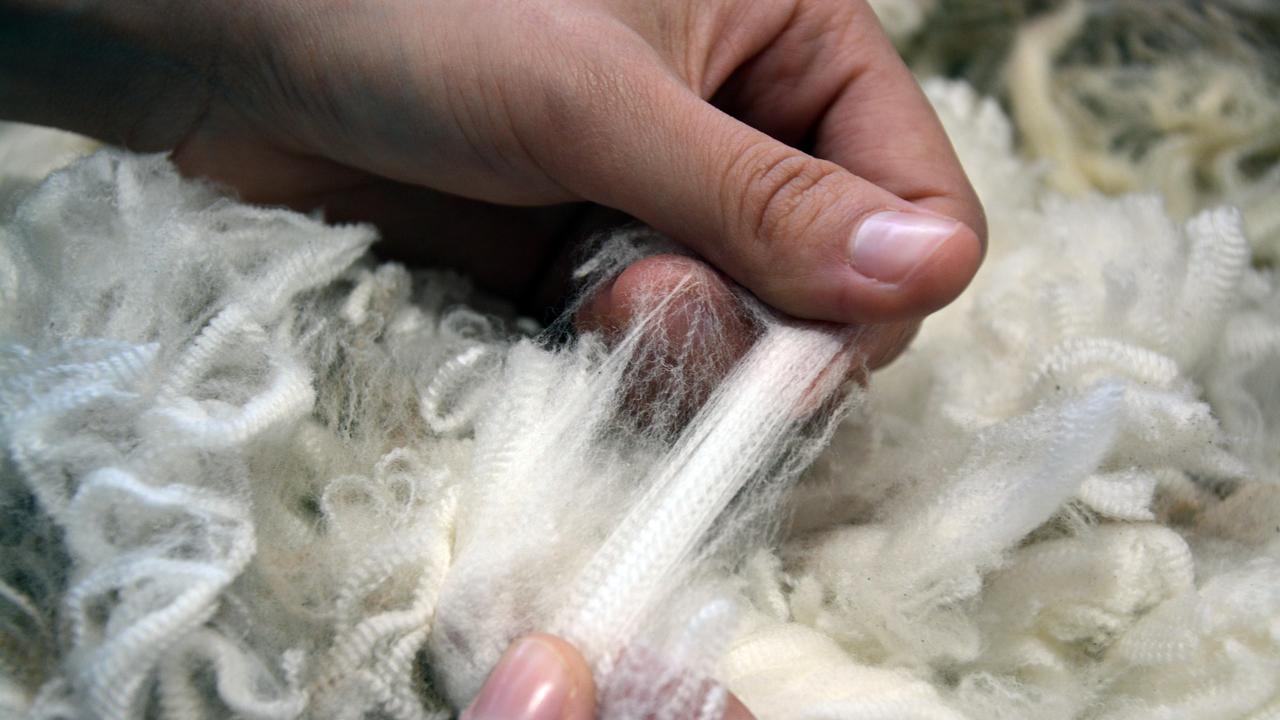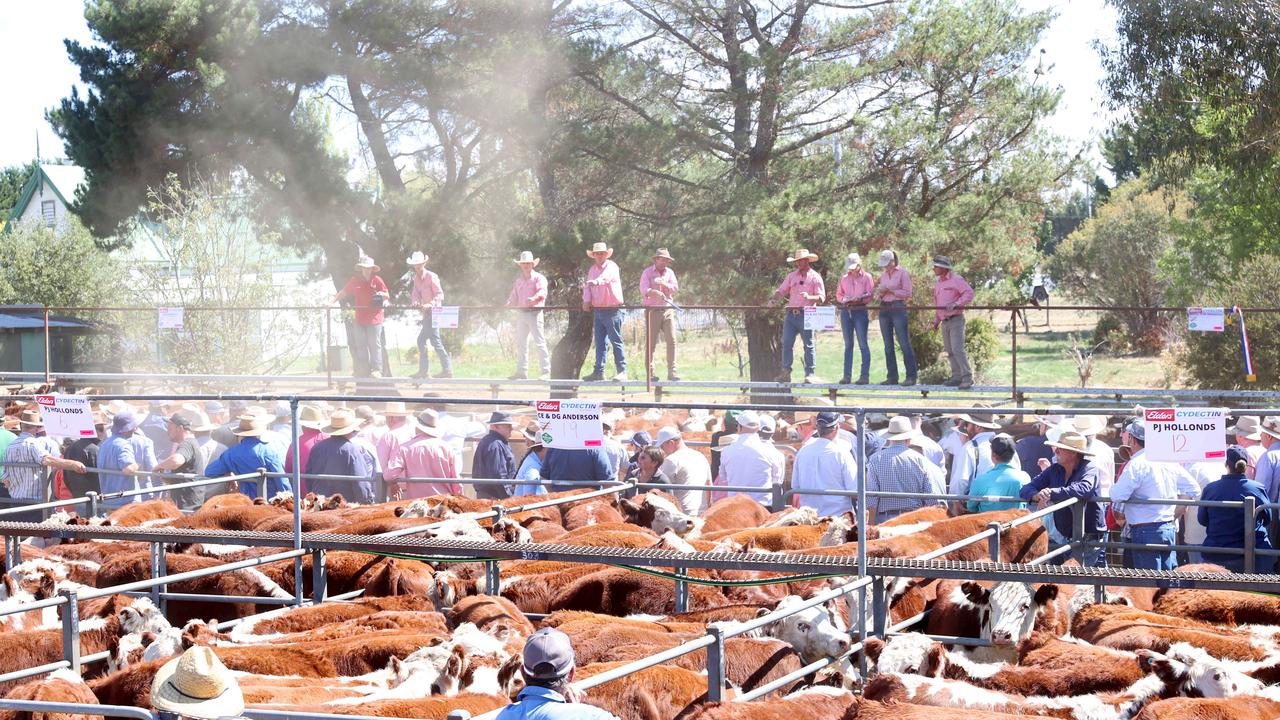Chase for good heavy lambs sees prices hit $299 at Wagga Wagga
The chase for heavy lambs is on as buyers pushed prices close to $300 this week, in unheard of rates mid-spring.
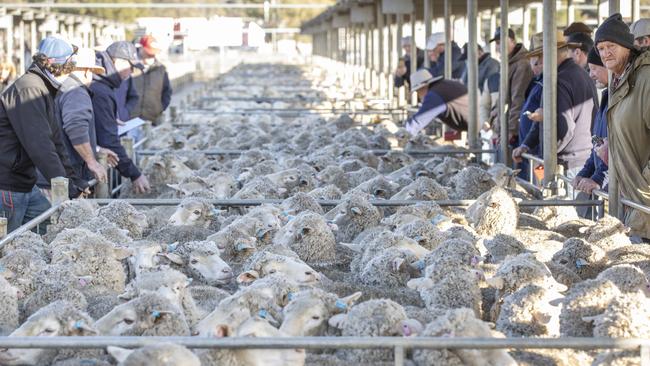
Heavy lambs made close to $300 at markets this week as processors scramble to find numbers.
The top price for the week was $299 paid at Wagga Wagga on Thursday, for a pen of heavy old lambs more than 30 kilograms carcass weight.
But all lambs were dearer, including the biggest offerings of young lambs at the centre yet, with 23,000 suckers quoted as up to $10 dearer by the National Livestock Reporting Service.
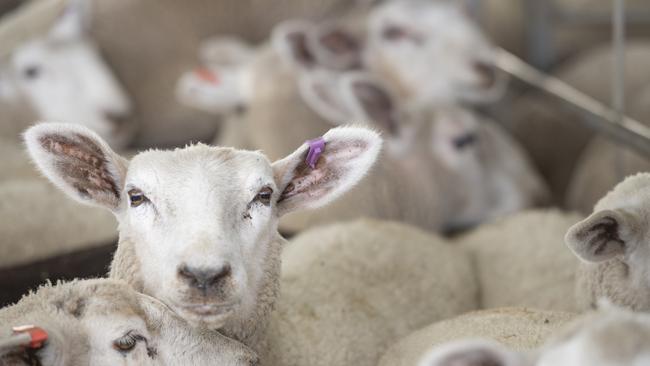
NLRS reporter Leann Dax said southern buyers were “particularly active”, pushing prices to $155-$216 for trade weights 20-24 kilograms, to average 814c/kg carcass weight.
Heavy sucker lambs sold even higher, averaging 851c/kg carcass weight and making $233-$258, while the extra heavy suckers above 30 kilograms made up to $260.
The results this week have kept prices well above year-ago levels, with the national heavy lamb indicator (821c/kg) and the trade lamb indicator (794c/kg) 336c/kg higher than last October, or up 70-75 per cent.
In a report on the lamb market this week, Rural Bank predicted prices would slip over the next few weeks as more suckers came onto the market – but there could be some new buyers coming into play.
“Dry seasonal conditions across southern Australia are expected to limit demand in pasture regions,” the report said.
“Recent frost events have led to an increase in crops being cut for hay.
“This may bring more trade buyers in to take advantage of the increased feed they now have available.”
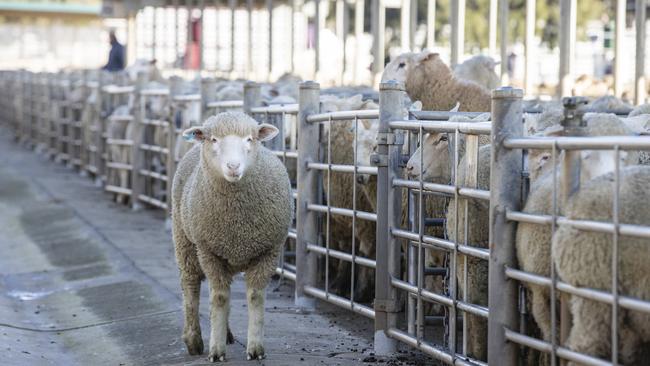
The report said the next three months would usually see a lift in supply as the spring flush brings new season lambs onto the market, but the flow could be different this year.
“Dry conditions during joining and lambing are likely to reduce the number of lambs available compared to recent years,” the report said.
“The dry conditions will also extend the time frame for lambs to meet target weights.”
Spring price stability to date could turnaround though, after pushback from processors over higher prices seen his spring.
“There is also downwards pressure from export markets who have shown resistance to the increase in saleyard prices,” the report said.
It also looked at slaughter rates, which it said were down on last September.
“Lamb slaughter averaged 413,000 per week throughout September,” it said.
“This was down 1.6 per cent from August and down 8.4 per cent from September last year and marks the fourth consecutive monthly decline in average weekly lamb slaughter.”
The peak for lamb kills this year was in May, but numbers have fallen by more than 18 per cent since then.



